Shared-use mobility services are booming in California and beyond. Browse the material below to explore case studies that provide lessons and examples for developing Clean Mobility projects in the Clean Mobility Voucher Pilot Program. Topics include Bikesharing, Scooter-sharing, Carpooling and Vanpooling, Carsharing, Innovative Transit Services, Services for Rural and Low-Density Communities, and Mobile App Integration. Watch for updates as we add to the library. All resources on this page direct to SUMC’s On Demand Learning Center.
Bikesharing systems make bicycles available to individuals on a short-term basis. Bikesharing networks range from station-based platforms where bikes are checked-out at designated stations to free-floating, or dockless bikeshare systems. The resources below offer examples of bikeshare planning that has been done along with model policies and data specifications.
Offers an overview of bikeshare, including key definitions, business models, and public-private partnership examples.
This California city created a “shared mobility device” ordinance for dockless modes (existing docked bikeshare was exempted).
In 2018, the small Iowa town of Pocahontas launched a bikeshare program with Koloni, Inc., a company local to the community. Unlike many bikeshare programs in larger cities, the City of Pocahontas manages its own bike fleet, handling all balancing and operations.
Seattle is currently running a permitting program for private, dockless bikesharing in the city. By establishing a regulatory framework, the city hopes to harness the accessibility and reach of dockless bike companies, while working to remedy common complaints and avoid pitfalls.
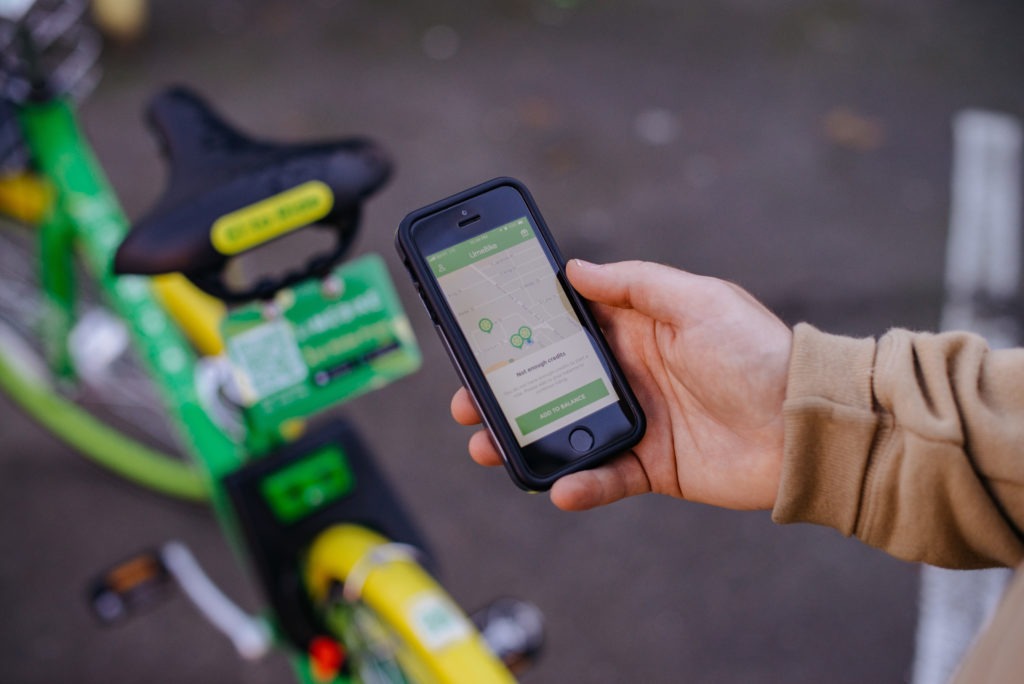
Scooter-sharing is a dockless mode in which the vehicles are typically unlocked for free or a small fee and rented by the minute. Scooters have proliferated across North America and now use different vehicles, including sit-down scooters, stand-up scooters, dockless, app-driven “kick scooter,” and more. In California, the DMV defines and lists requirements for the vehicles. The following resources offer examples of different scooter-sharing policies and safety considerations.
Offers an overview of Scooter-sharing, including key definitions, business models, safety considerations, data-reporting standards, and public-private partnership examples.
The Austin Public Health Department (APH), with assistance from the Centers for Disease Control and Prevention conducted a study to look at the rate of injuries involving rentable dockless electric scooters in Austin, TX.
Portland, Oregon took a proactive planning position around scooters. When scooter-sharing first came to the mobility scene many municipalities were caught off-guard and didn’t have the planning policies in plans to support or regulate this mode. Portland, on the other-hand, sent all of the scooter-sharing companies a letter explicitly stating that they were not allowed to come to the city, but at the same time they offered a start date and time for Portland to work out the details to pilot scooter-sharing. The permit process and the subsequent pilot project findings report offer a useful reference to plan for scooters. Portland now has a permanent scooter-sharing program.
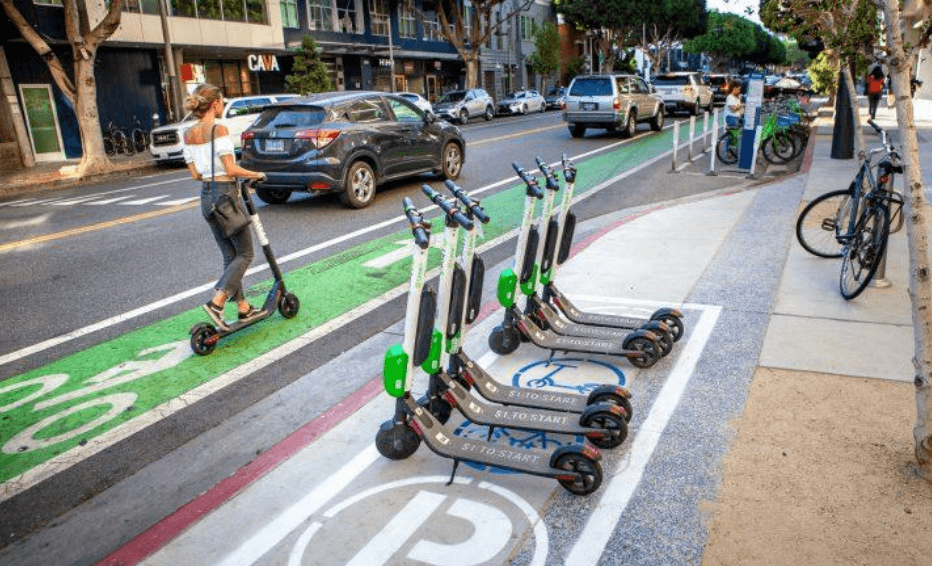
Carpooling and vanpooling, also known as ridesharing, is the grouping of drivers and passengers with common origins and/or destinations into common trips. Carpooling is the oldest form of ridesharing, and can reduce congestion, lower carbon dioxide emissions, and give communities more transportation options. New technology provides an opportunity to revive the practice, with carpooling apps aiming to connect drivers and riders in innovative ways. The resources below offer examples of carpooling services.
Offers an overview of carpooling and how new technology is helping to improve its functionality.
Offers an example of partnerships that make it easier and more affordable for commuters to share rides. Participating riders received discounts and drivers incentives when carpooling with those apps.
Featured on the webinar are transit agencies discussing their marketing efforts for their pilot projects. Among the presenters is the Bay Area Rapid Transit (BART) in San Francisco discussing their Scoop to BART carpool program.
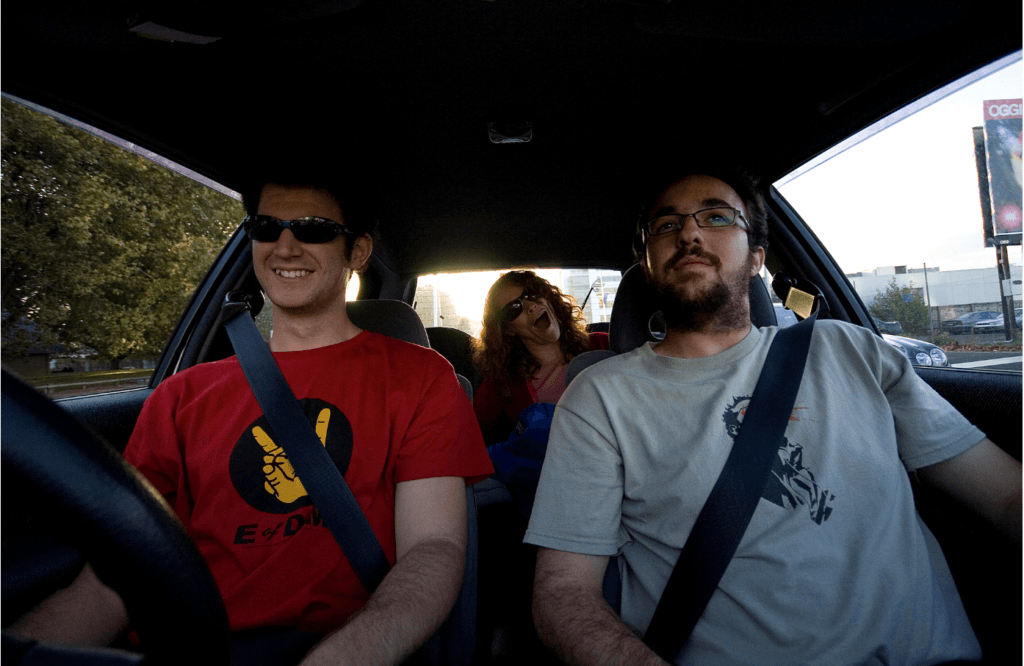
Carsharing services provide members with access to an automobile with short-term rentals. Major carsharing business models include traditional or round-trip, which requires users to borrow and return vehicles at the same location; one-way or free-floating, which allows users to pick up a vehicle at one location and drop it off at another; and peer-to-peer (P2P), which allows car owners to earn money at times when they are not using their vehicles by making them available for rental to other carsharing members, similar to free floating operations.
Offers an overview of carshare, including key definitions, business models, and public-private partnership examples.
The Blue LA case study discusses the planning, launch and evaluation of the EV carshare program located in CalEnviroScreen-designated Disadvantaged Communities in Los Angeles. The program offered a free one-month trial (at $0.40/min), with $1.00/month and $0.15/min rates to low-income qualified users. The case study also offers extensive details on the partnership.
In 2013, and as part of the Plan Bay Area 2040 plan, Oakland, CA underwent a carshare planning process for a free-floating carshare program that offered both a residential and commercial permit mechanism.

Innovative transit services, or microtransit, is a flexible routing transit technology that connects people and places to existing transit systems. Microtransit has grown in popularity over the last several years with app based dynamic routing software. As a result of this growth, transit agencies and cities are looking toward public-private partnerships with microtransit providers as a potential solution to provide transit connections where fixed-route transit may not be feasible given density, connectivity, or other land-use considerations. Microtransit resources are listed below.
Offers an overview of Microtransit, including key definitions, business models, supportive policies, and public-private partnership examples.
Arlington, TX used microtransit as its sole transit provider for the city. The pilot project was launched in 2016 and later expanded in 2018. The case study provides information on the RFP and Contract process.
Features four microtransit public-private partnership models that serve communities in different ways. The models presented first-last mile solutions, service for seniors, paratransit service, and a full city microtransit service.
The PickUp microtransit service in Austin is an on-demand shared ride transit service. Pick-up was recently expanded to serve five neighborhoods and is available through the PickUp app.
Demonstrates a private-public partnerships where an on-demand carpooling microtransit service was created that connects directly a Bay Area Rapid Transit (BART) Station for a fixed price.
The Via to Transit pilot project offers an example of a first-last mile pilot project that connects light rail and bus service to on-demand microtransit service. The multi-agency public-private partnership entry also includes the contract with the private operator for further reference.
Offers an example of a microtransit pilot project that utilizes public transit agency off duty vehicles and private operator dynamic routing software. The pilot project serves the Norwalk, Connecticut downtown and surrounding neighborhoods.
Unlike in densely populated urban communities, residents in rural areas and small towns do not have access to a wide range of mobility options. Often, fixed-route public transit service is either limited or non-existent, flexible services require significant advance notice, and use of a private automobile is the only available mode of transportation. The following resources outline the issues and offer potential solutions to confront the transportation issues confronting rural and small-town communities.
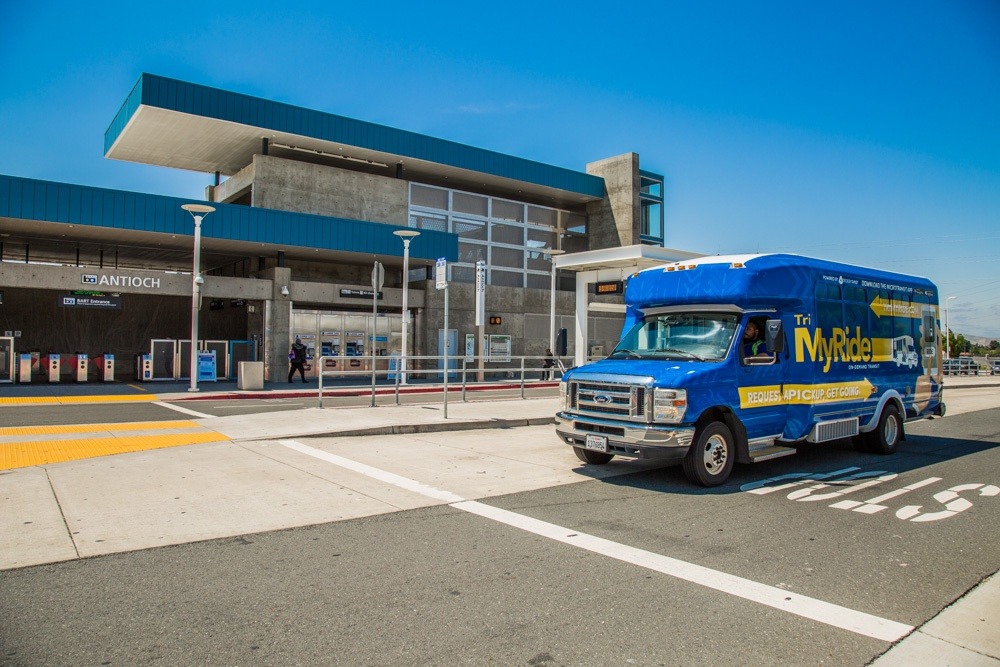
The Learning Module offers an overview of the issue confronting rural and small-town communities and through examples provides a number of potential solutions.
The Vermont Agency of Transportation (VTrans), in partnership with Trillium Solutions and Cambridge Systematics, developed an online trip planning tool that provides statewide options that include flexible transportation services such as dial-a-ride, hail-a-ride, and deviated fixed-route trips.
In partnership with Enterprise, the City of Needles in California (population 5,000) launched a carsharing program. Car-less residents, including senior citizens and affordable housing tenants can now rent cars to access fresh food, healthcare, and more.
Offers an example of a statewide vanpool program designed to connect workers to jobs in small-towns and rural areas.

App software and hardware play a critical role in mobility on demand services. Apps hold the potential to integrate trip planning and payment functions in one platform. With this integration comes the promise of moving closer to a Mobility as a Service model where users can take an active role in planning for day-to-day transportation needs.
A regional council of governments consisting of 13 transit agencies launched an app that allows travelers to plan and purchase tickets for rides on participating agencies. The app was meant to create an easy-to-use, one-stop-shop for riders, thereby increasing transit use region-wide.
The Tri-County Metropolitan Transportation District of Oregon (TriMet) plans to partner with several partners including Conveyal, IBI Group and more for the pilot program, OpenTripPlanner (OTP) Shared Use Mobility. The pilot program aims to create a platform that integrates transit and shared-use mobility options for seamless, multi-modal trip planning.
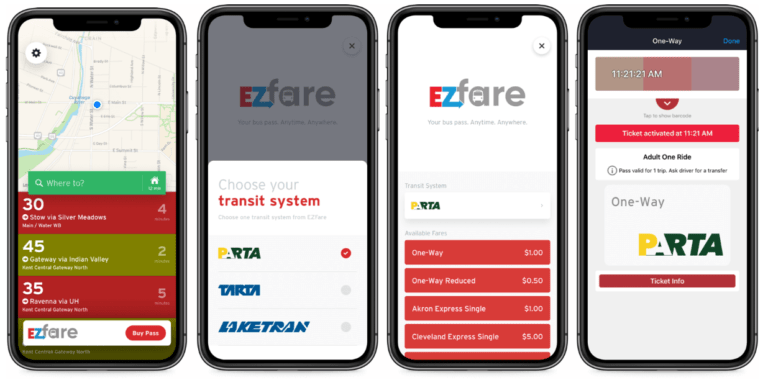
There are multiple ways to contact us!
Copyright – 2022 | CALSTART | All Rights Reserved